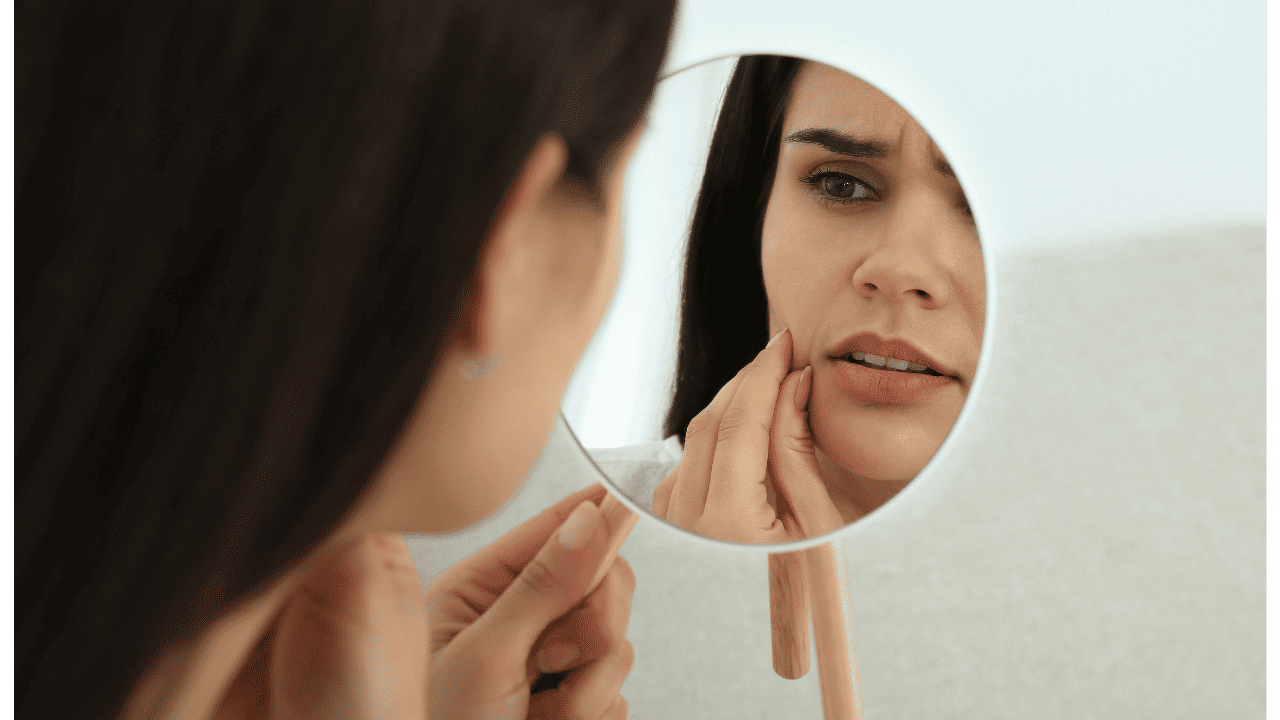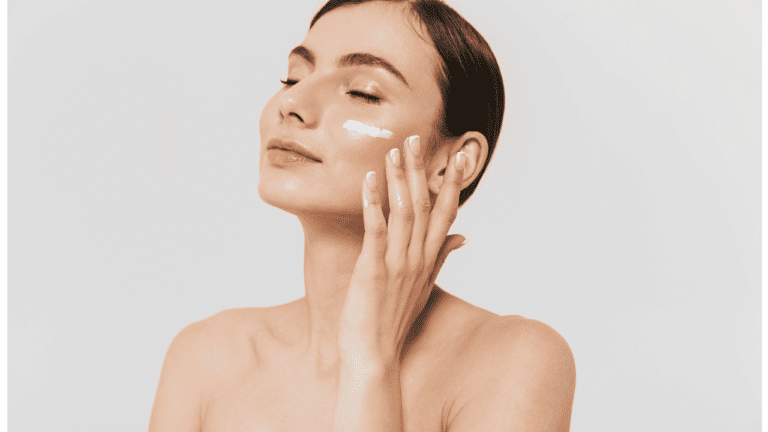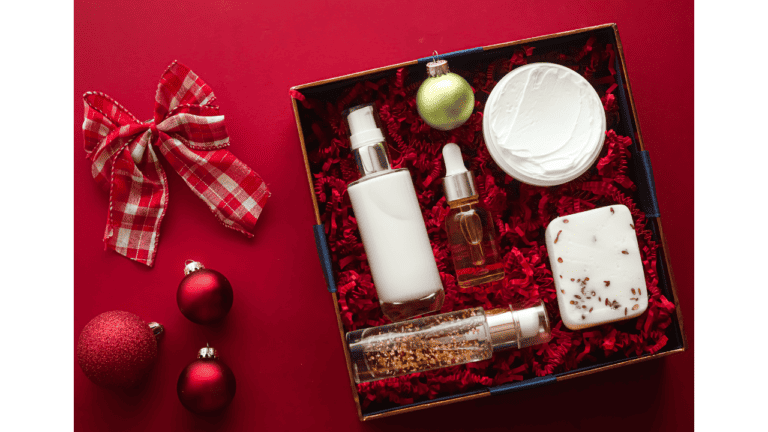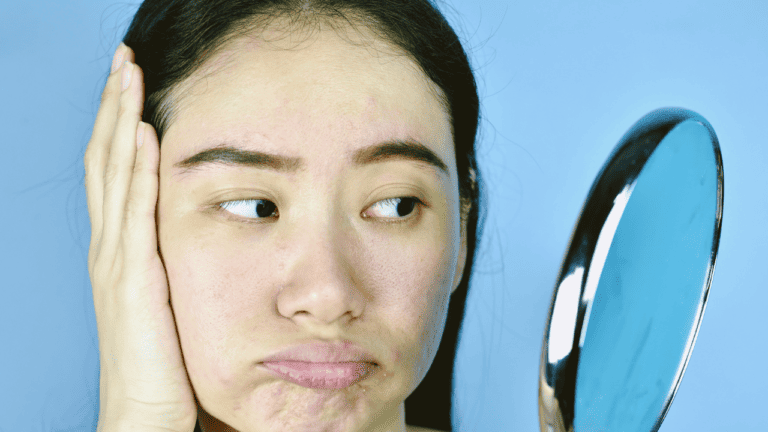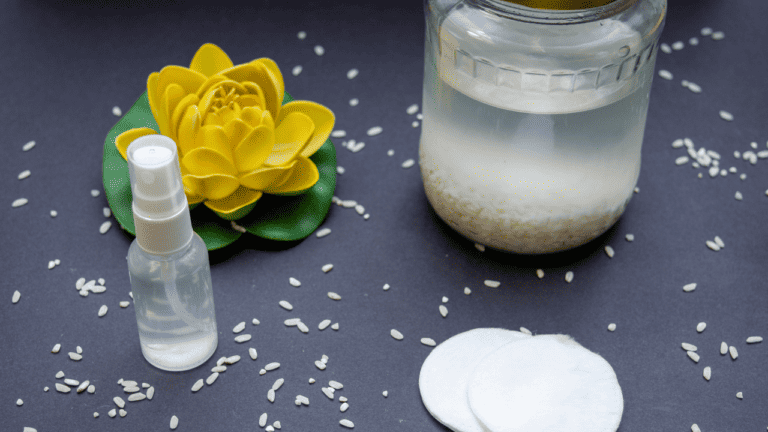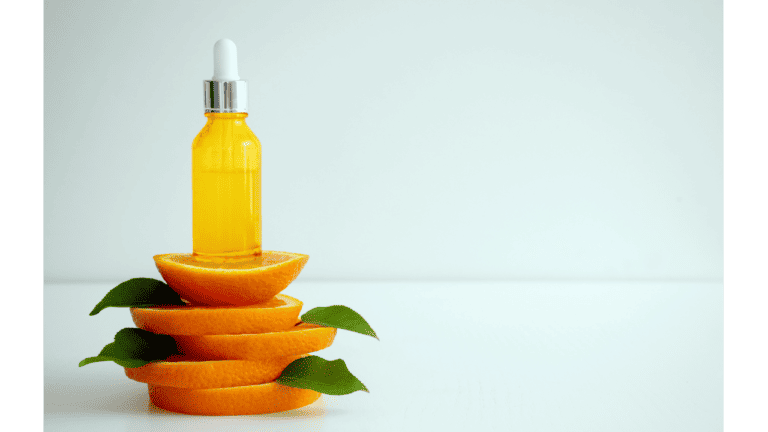Blind pimples are a common skin condition that can be a source of frustration for many people. They are deep, painful, and often hard to get rid of. Unlike regular pimples, blind pimples do not have a head, making them difficult to treat. However, there are some effective treatments that can help bring them to a head and reduce their size and pain.
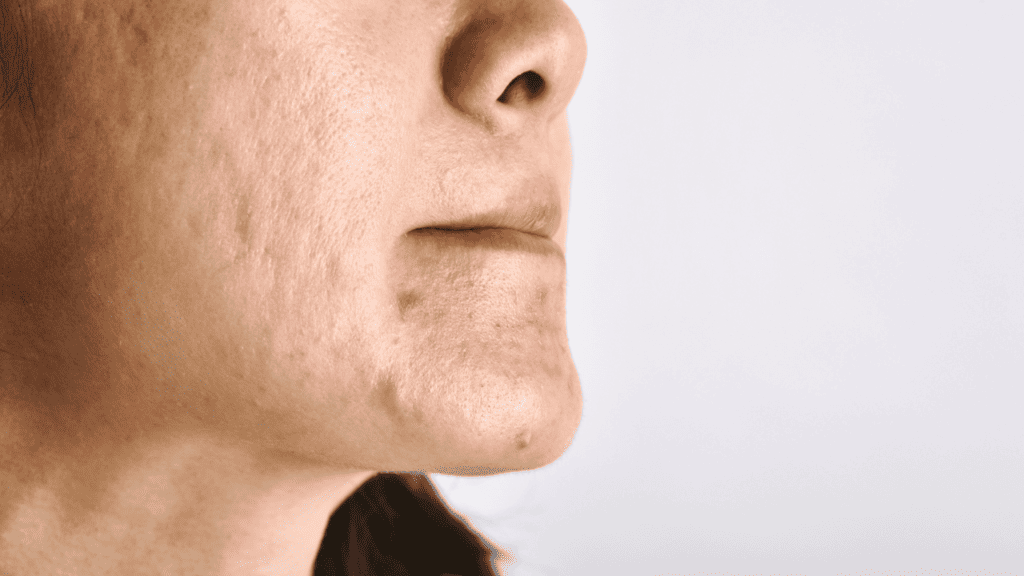
Understanding Blind Pimples is the first step in treating them. Blind pimples are caused by a buildup of oil, dead skin cells, and bacteria in the pores. They are called “blind” because they do not have a visible head, which makes them difficult to treat. Blind pimples can be painful and are often located deep beneath the skin’s surface. They can occur anywhere on the body, but are most common on the face, neck, back, and chest.
Key Takeaways
- Blind pimples are caused by a buildup of oil, dead skin cells, and bacteria in the pores.
- Effective treatments for blind pimples include warm compresses, spot treatments, and over-the-counter medications.
- Best practices for skincare and pimple prevention include keeping the skin clean, avoiding touching the face, and using non-comedogenic products.
Understanding Blind Pimples

Blind pimples, also known as papules, are a type of acne that develops underneath the surface of the skin. They are called “blind” because they do not have a visible head or opening, making them difficult to extract. Blind pimples can be painful and may last for several weeks. In this section, we will explore the causes, prevention, and identification of different types of acne.
Causes and Prevention
Blind pimples are caused by a combination of factors, including inflammation, bacteria, and excess oil production. When the pores become clogged with sebum, dead skin cells, and bacteria, the hair follicles become inflamed, leading to the formation of a blind pimple.
To prevent blind pimples, it is essential to maintain good skin hygiene. This includes washing the face twice a day with a gentle cleanser and avoiding touching the face with dirty hands. It is also important to avoid using harsh skincare products that can strip the skin of its natural oils.
Identifying Different Types of Acne
There are several different types of acne, including whiteheads, blackheads, and comedones. Whiteheads occur when the pores become clogged with sebum and dead skin cells, leading to the formation of a small, white bump. Blackheads are similar to whiteheads, but they have a dark appearance due to the oxidation of the sebum. Comedones are a combination of whiteheads and blackheads and are caused by a buildup of oil and dead skin cells.
Blind pimples are a type of papule and are characterized by their lack of a visible head. They are often painful to the touch and can be difficult to treat. To prevent blind pimples, it is essential to maintain good skin hygiene and avoid using harsh skincare products.
In conclusion, understanding the causes, prevention, and identification of different types of acne is essential for maintaining healthy skin. By following a regular skincare routine and avoiding harsh skincare products, it is possible to prevent blind pimples and other types of acne.
Effective Treatments for Blind Pimples

Blind pimples, also known as closed comedones, are a type of acne that develops under the skin’s surface. They are painful, inflamed, and do not have a head, making them difficult to treat. However, there are several effective treatments available that can help make the blind pimples come to a head fast and easy.
This post may contain affiliate links, which means I’ll receive a commission if you purchase through my link, at no extra cost to you. Please read full disclosure here.
Topical Medications and Creams
Topical medications and creams are one of the most popular treatments for blind pimples. They work by targeting the acne-causing bacteria and reducing inflammation. The most commonly used topical medications for blind pimples are benzoyl peroxide and salicylic acid.
Benzoyl peroxide is an over-the-counter remedy that is available in different strengths. It works by killing the acne-causing bacteria and reducing inflammation. Salicylic acid is another over-the-counter remedy that unclogs pores and reduces inflammation.
Home Remedies and Lifestyle Changes
Home remedies and lifestyle changes can also be effective in treating blind pimples. Applying a warm compress to the affected area can help reduce inflammation and promote blood circulation. Applying ice to the affected area can also help reduce inflammation and pain.
Tea tree oil is a natural anti-inflammatory and antibacterial agent that can help reduce inflammation and kill acne-causing bacteria. However, it should be used with caution as it can cause skin irritation in some people.
Professional Medical Interventions
In severe cases, professional medical interventions may be necessary to treat blind pimples. A cortisone injection can help reduce inflammation and make the pimple come to a head quickly. Antibiotics may also be prescribed to kill the acne-causing bacteria.
Retinoids are another effective treatment for blind pimples. They work by unclogging pores and reducing inflammation. However, they can cause skin irritation and should be used with caution.
In conclusion, there are several effective treatments available for blind pimples. Topical medications and creams, home remedies and lifestyle changes, and professional medical interventions can all be effective in making the blind pimples come to a head fast and easy.
Best Practices for Skincare and Pimple Prevention
Daily Skincare Routine
A daily skincare routine is essential for maintaining healthy skin and preventing breakouts. A basic routine should include cleansing, toning, and moisturizing. It is important to choose products that are appropriate for your skin type. For oily skin, use oil-free cleansers and toners that contain anti-inflammatory ingredients such as lactic acid or alpha hydroxy acids. For dry skin, use gentle, hydrating products that contain ingredients like honey or oatmeal.
In addition to cleansing, toning, and moisturizing, incorporating a weekly facial wash or mask can help to unclog pores and prevent breakouts. Sulfur-based masks are particularly effective for reducing oil production and preventing acne.
For those with persistent acne, topical creams and retinoids can be effective treatments. However, it is important to consult with a dermatologist before starting any new treatment.
Diet and Lifestyle Considerations
In addition to a daily skincare routine, diet and lifestyle choices can also impact the health of your skin. Consuming a diet high in dairy and processed foods can contribute to increased oil production and breakouts. Incorporating anti-inflammatory foods such as fruits, vegetables, and omega-3 rich foods like salmon can help to reduce inflammation and prevent breakouts.
Stress can also contribute to breakouts, so incorporating stress-reducing activities such as yoga or meditation can be beneficial. Additionally, hormonal changes can contribute to acne, so for some individuals, birth control may be an effective treatment option.
By following these best practices for skincare and pimple prevention, individuals can maintain healthy, clear skin.
Frequently Asked Questions
What are effective methods to draw out a deep-seated pimple?
There are several methods that can help to draw out a deep-seated pimple. One of the most effective methods is to apply a warm compress to the affected area. This can help to increase blood flow to the area and promote the healing process. Another method is to use a spot treatment that contains salicylic acid or benzoyl peroxide. These ingredients can help to dry out the pimple and reduce inflammation.
What are the stages of a blind pimple’s development?
Blind pimples, also known as cystic acne, typically go through four stages of development. The first stage is the initial inflammation of the hair follicle. The second stage is the formation of a small bump under the skin. The third stage is the development of a larger, more painful cyst. The final stage is the healing process, which can take several days to several weeks.
What are the main causes of blind pimples?
Blind pimples are caused by a combination of factors, including hormonal imbalances, bacteria, and clogged pores. Hormonal imbalances can cause the sebaceous glands to produce too much oil, which can clog pores and lead to the formation of blind pimples. Bacteria can also contribute to the development of blind pimples by infecting the hair follicle and causing inflammation. Finally, clogged pores can trap bacteria and oil, leading to the formation of blind pimples.
